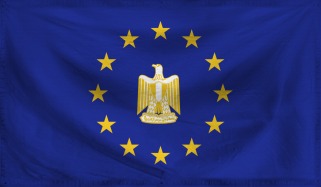Neo-Western East Korea wrote:Edited!
Seems solid, welcome aboard!
Chewion wrote:App should be up tonight!
Great! Looking forward to it!
Republique Grande Francaise wrote:
I have edited my app! And yeah those carriers are Type 003 and Type 004.
Okay here's round two.
A: A GDP per capita of 38000 is not believable. Economic growth doesn't happen that fast and if it does it comes with an inflation crisis that brings it right back down. Something around 20/25 000 tops is more reasonable. That's still about twice the size of the modern Chinese economy at the end of the day.
B: China has 71 Destroyers, while the RL PLAN only has 49. China has 69 compared to the RL PLAN has 41 with 3 fitting out. Now this is all cool if you are keeping older early cold war models in service but not if you're going for a more advanced force, you'll need to downsize a bit. Somehow, a democratic country having a larger navy than it's authoritarian equivalent just seems odd. I can extend myself to accepting one Type 003, but they Type 004 isn't even under construction yet IRL. So that'll probably be one Type 001 and two Type 002's and a Type 003, it's cool if you want to have another 003 under construction but not finished.
C: See established lore, SCO and JDSA ain't that friendly


 .
.






